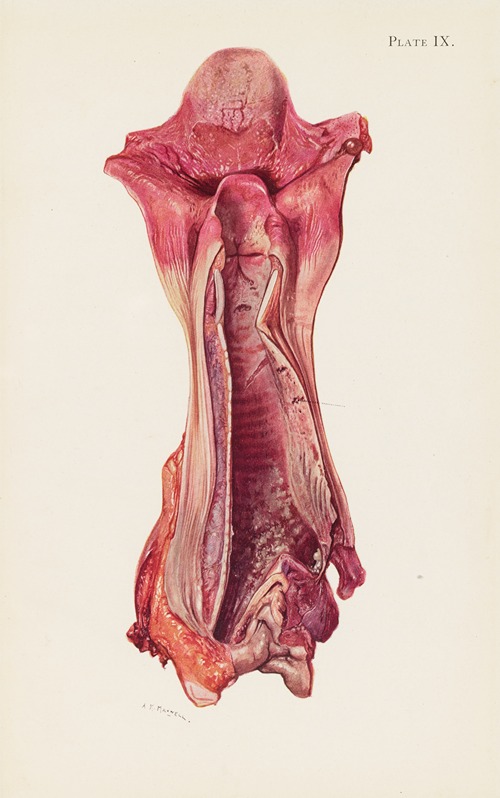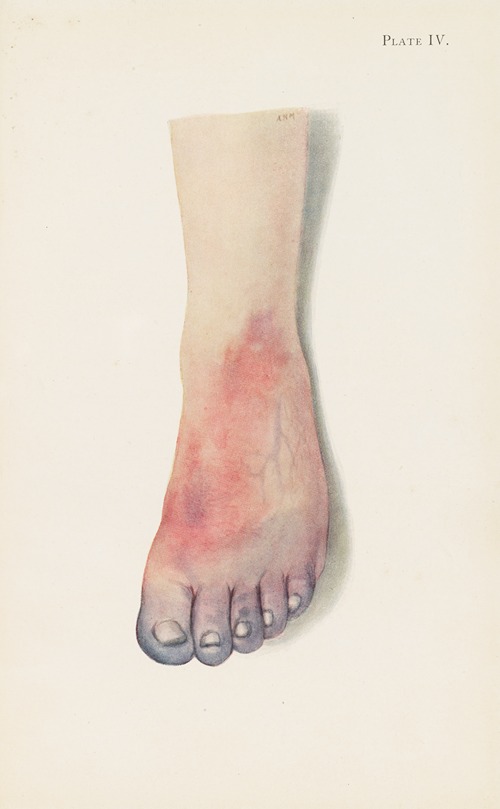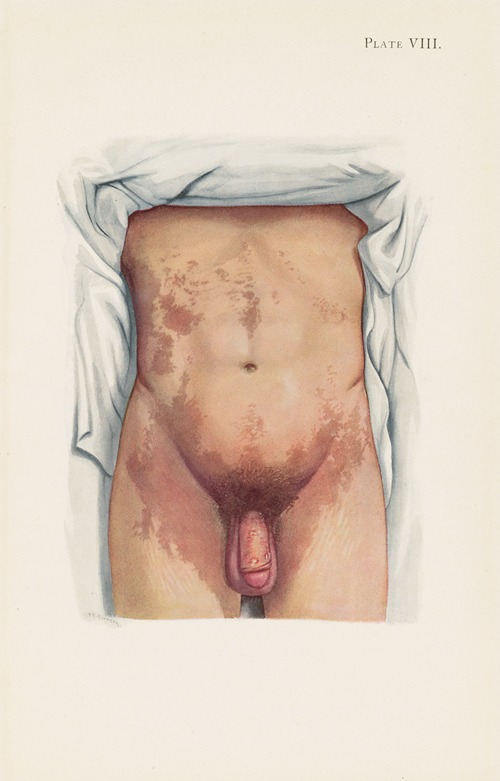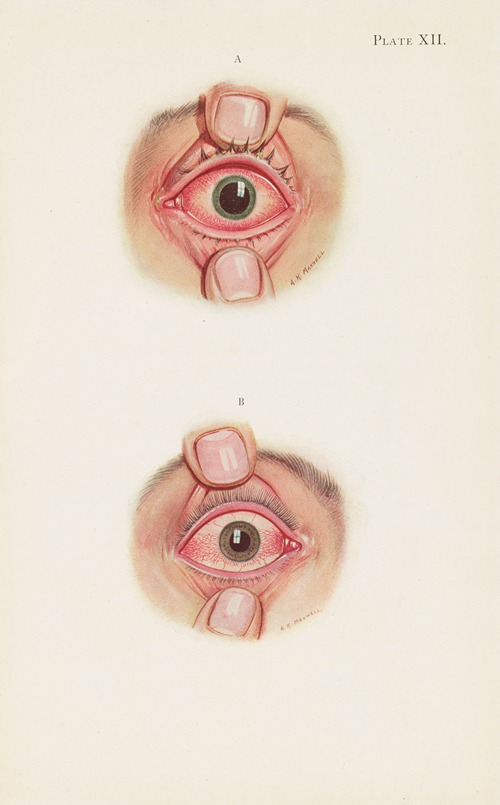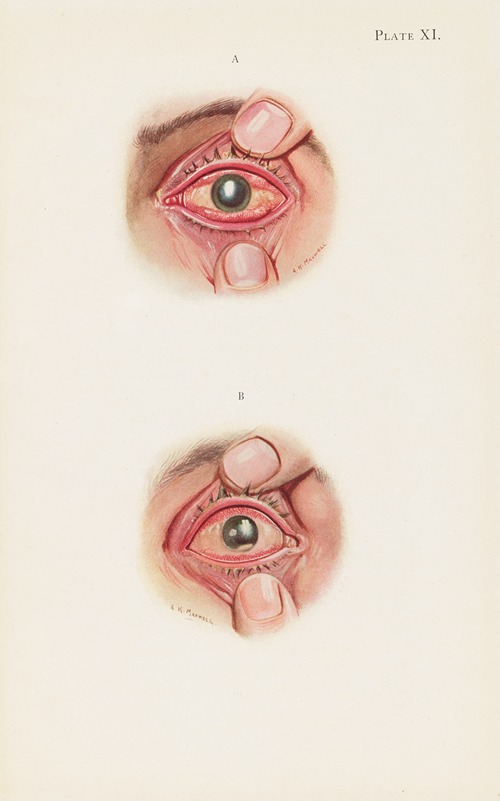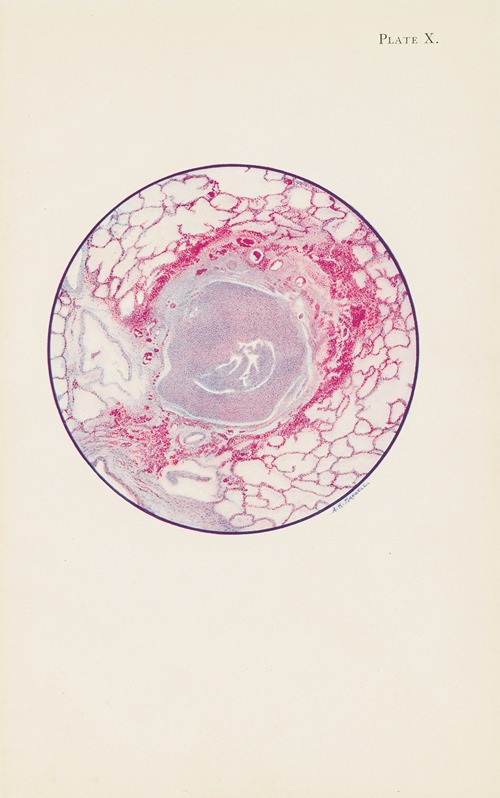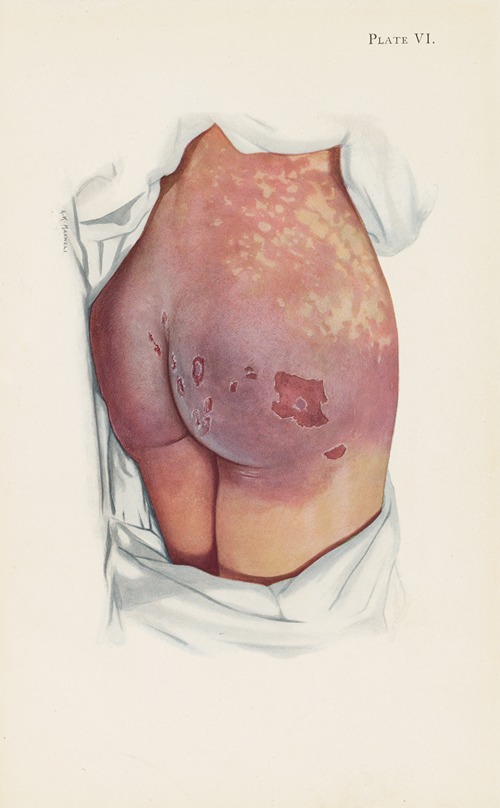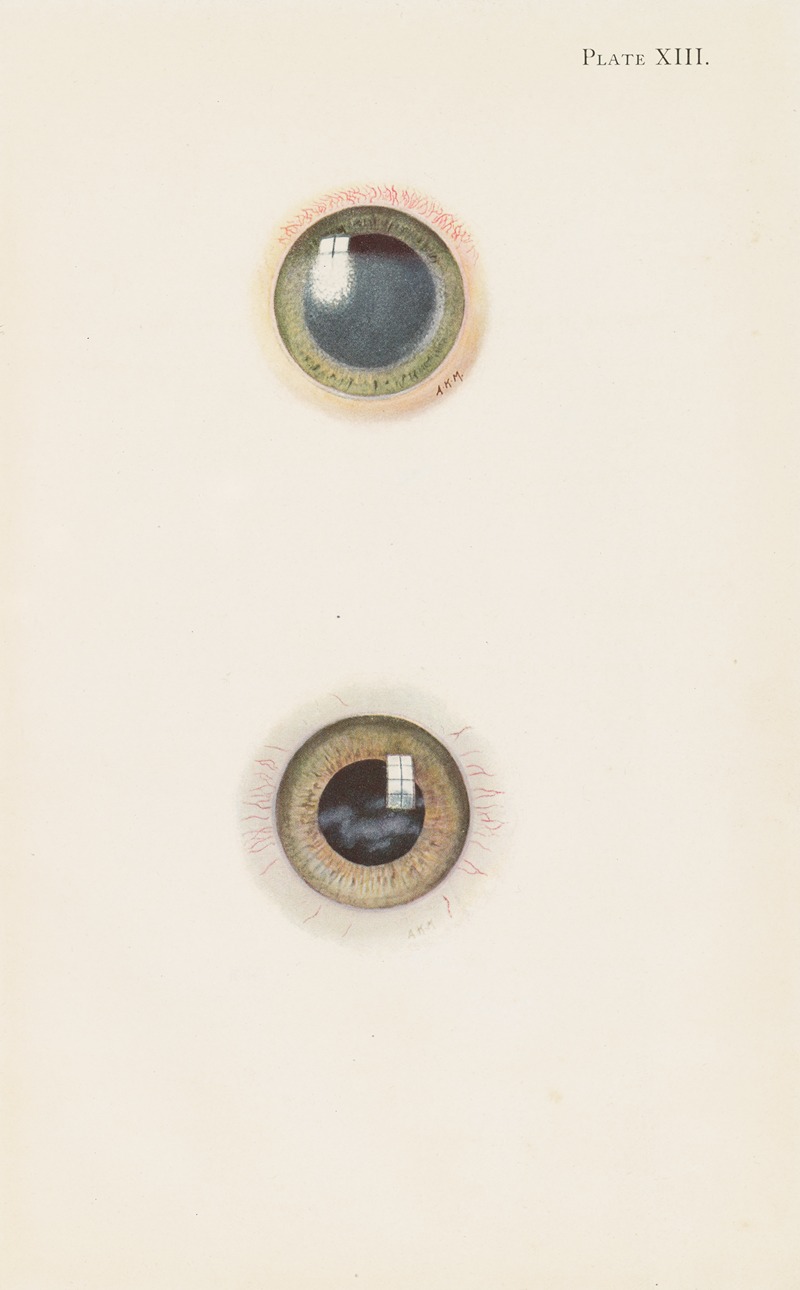
A. Kirkpatrick Maxwell was born in 1884 in Annan, Scotland, and studied drawing at evening classes run by Glasgow City Art School. He was asked to contribute some articles by a natural history lecturer at Glasgow University and built up a reputation as an illustrator.
In 1915 he was asked by Sir George Makens to go to Boulogne to make some surgical illustrations. He arrived in France just before the second battle of Ypres at which the Germans used poison gas for the first time.
His drawings came to the attention of Colonel T. R. Elliot who suggested to the newly formed Medical Research Council that Maxwell should be enlisted in the army as a medical illustrator for the duration of the war. He was given the rank of Sergeant in the RAMC and a room in the Medical Research Council's laboratory in the 13th General Hospital in the Casino at Boulogne.
Maxwell made over 1000 surgical illustrations of the results of gas attacks, war injuries and post-mortem specimens, many of which were published in the British Journal of Surgery. The original illustrations were kept at the Royal College of Surgeons of England but were destroyed during the Blitz.
After the war, Maxwell worked as an illustrator for the Department of Anatomy and Embryology at University College Hospital and for the Cancer Research Institute, publishing his own articles on cancer. He was responsible for a number of the illustrations in early twentieth-century editions of Gray's Anatomy. He also wrote papers on cancer.
At the outbreak of the Second World War he was in New Zealand, and joined up. During the war he was asked by Sir Cecil Wakeley to again sketch battle and air raid casulaties.
After the war, he moved to Cambridge and worked on the illustrations for Hamilton, Boyd and Mossman's "Human Embryology" and "The Placenta". He regarded these as some of the best work he'd produced.


